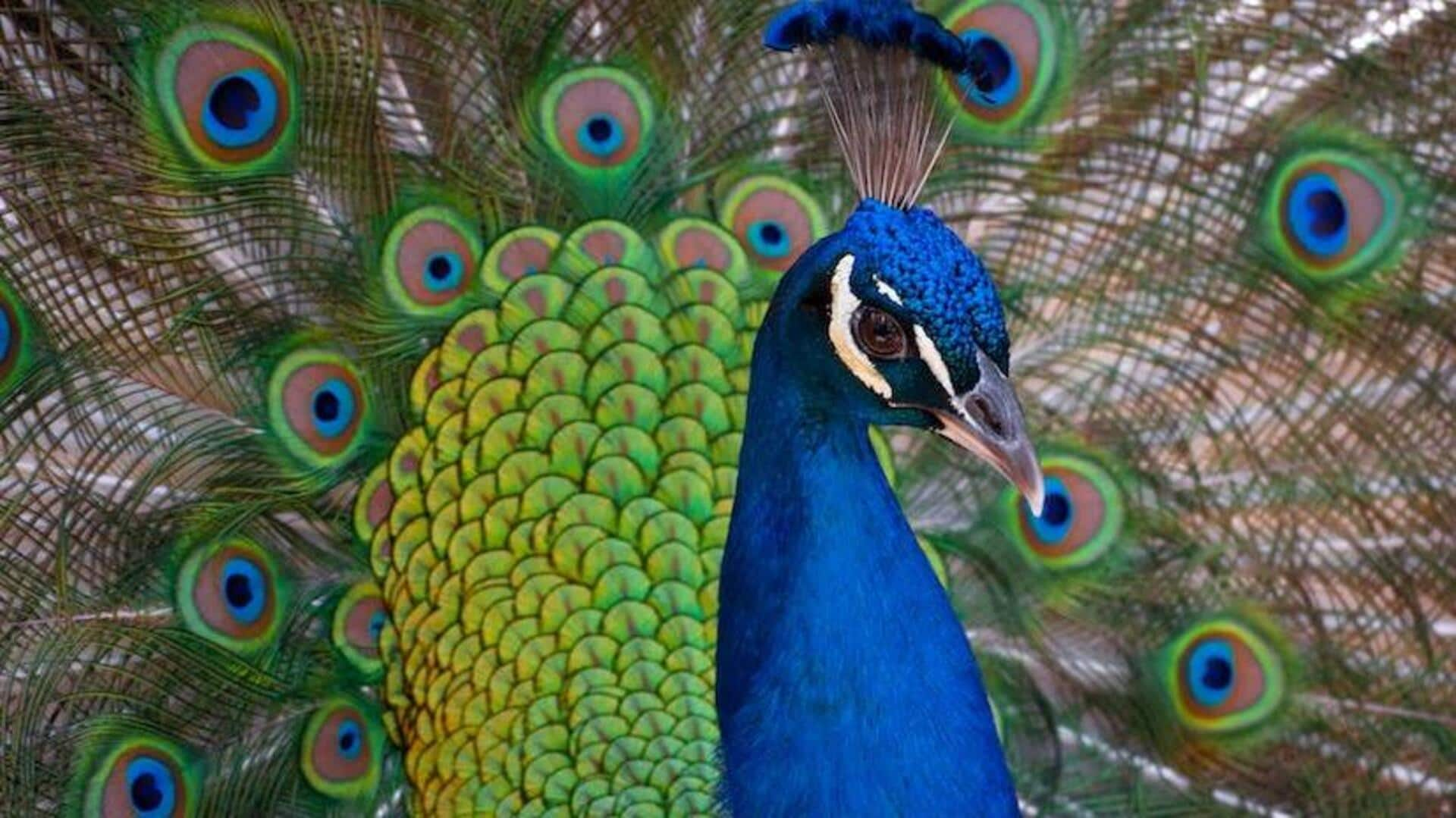
Facts about peacocks you probably didn't know
What's the story
When it comes to the most stunning creatures in the world, nothing comes close to a peacock. Featuring several hues of green and blue, this fancy-schmancy bird is a sign of Indian royalty. From its gorgeous feathers to its fascinatingly rich history, there are a lot of things about this gorgeous creature that we are sure that you aren't aware of.
#1
How many peacock species are there?
There are just three different species in the peafowl family. Two of these, namely the blue (or Indian) peafowl and the green peafowl, are native to Asia. The third species is known as the Congo peafowl. It is of African descent. Unfortunately, with fast-decreasing populations, the green peafowl is listed as endangered, and the Congo peafowl has been tagged vulnerable.
#2
Peacocks or peafowl?
Not all peacocks should technically be called "peacocks." We say so because the collective term meant for these birds is peafowl. While the males are known as peacocks, the females are termed peahens. Their babies are called peachicks. Interestingly, a family of peacocks is termed bevy, while a group of peacocks is referred to as a muster or even a party.
#3
Peacocks don't get killed for feathers
Peacocks are not born with those fancy tail feathers. In fact, male peachicks start growing their feathers after they reach the age of three years. Also, did you know that domesticated peacocks can live up to 50 years? But good for them that peacocks don't get killed for their feathers, as they shed their train every year after the mating season.
#4
Despite heavy trains, peacocks can fly
The tail feathers of a peacock can reach up to six feet and make up as much as 60% of its body length. However, despite these seemingly odd proportions, peacocks can fly, and they fly just fine (not very high, though). Moreover, they are one of the largest flying birds on Earth. They can also run pretty fast, at speeds up to 16kmph.
Information
All-white peafowls are for real
Peafowls featuring plain, all-white feathers have come into existence thanks to selective breeding. They are entirely white because of their inability to create any color pigment (also known as leucism). However, they do retain standard eye color, along with leucism.